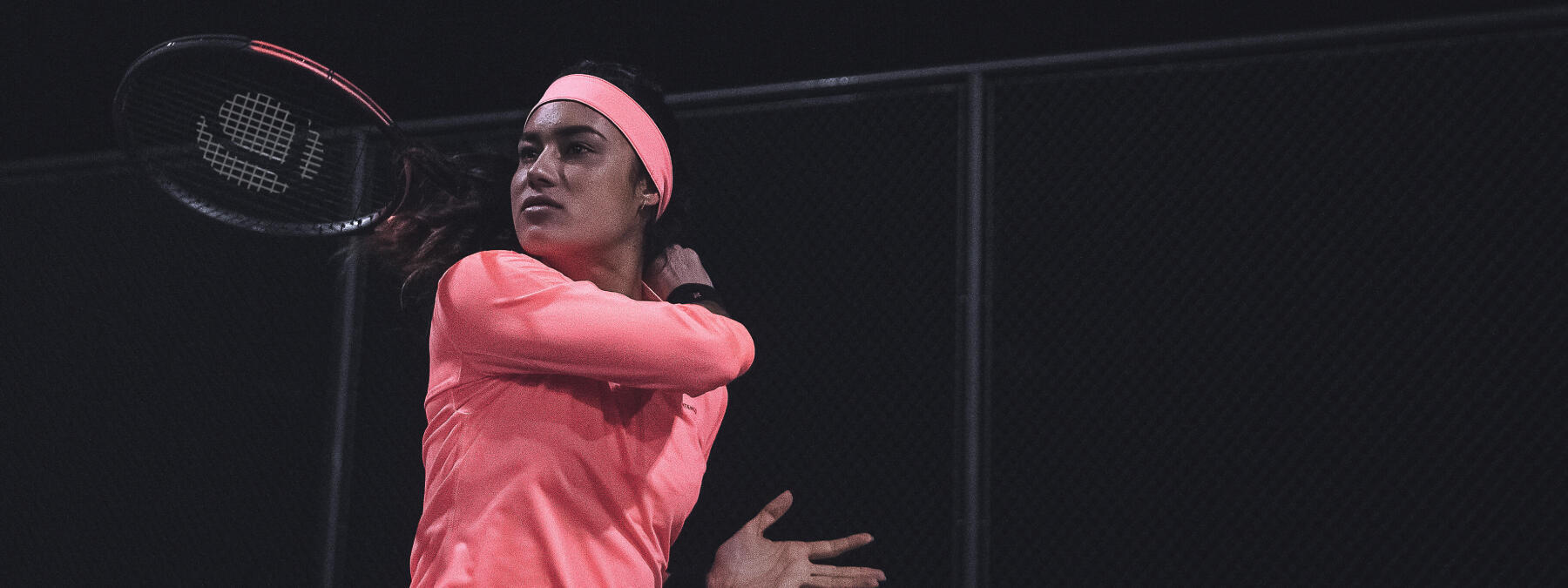Setting up for a cross-court forehand
Your free hand should help lead the racket back and allow your shoulders to rotate.

The forehand is the most well-known tennis stroke, after the serve. Why? Because it's the natural choice for every player, from beginners to old hands.
Everyone has the ability to play this shot. But first things first: let's take a look at the 5 basics of the cross-court forehand.
Your free hand should help lead the racket back and allow your shoulders to rotate.
You need to set yourself up pretty quickly and be ready to hit the shot no later than when the ball bounces.
It's up to you whether you use a neutral, semi-open or open stance.
Bring the racket head down below the level of the ball.

In front of the body, between your hips and your shoulders, and with your elbow away from your body (the tighter your grip, the further in front the point of contact should be).
With a cross-court forehand, the point of contact must be in front of the body.
Moving upwards and forwards, the elbow should lead the shoulder, after the back foot starts to come through.
There you have it! You now know absolutely everything about the cross-court forehand and how to do it correctly. All that remains is to practise until you're perfect!

I share tips from the Artengo team to help you up your game.